MR 1st Edition by Tom J. Brown – Test Bank
Chapter 4—Collecting Secondary Data from Inside and Outside the Organization
MULTIPLE CHOICE
1.The distinction between primary and secondary data is defined by the:
|
a. |
method of collection. |
|
b. |
purpose of the investigation. |
|
c. |
form used for collection. |
|
d. |
group sponsoring the collection. |
|
e. |
type of data collected. |
ANS:BPTS:1
NAT:AACSB Analytic | CB&E Model Research | Bloom’s: Knowledge
2.Which of the following might NOT be considered a benefit of using secondary data?
|
a. |
Secondary data help clarify the problem under investigation better. |
|
b. |
Secondary data cost less to collect than primary data. |
|
c. |
Secondary data suggest improved methods or data for addressing research problems. |
|
d. |
Secondary data provide comparative data to primary data. |
|
e. |
Secondary data fit the problem under investigation better. |
ANS:EPTS:1
NAT: AACSB Analytic | CB&E Model Research | Bloom’s: Comprehension
3.Which of the following are examples of secondary data (as contrasted with primary data)?
|
a. |
Demographic information (birth, age, marriage, income, etc.) collected from a sample of respondents as a part of a market segmentation study for a prominent grocery chain. |
|
b. |
Housing data (tenure, race of occupants, year built, etc.) as reported in the Journal of Marketing and later used by a researcher working on a project for a construction company. |
|
c. |
Housing data especially collected from a sample by a researcher working on a project for a construction company. |
|
d. |
Consumer attitudes as measured by an attitude questionnaire designed and used by a researcher investigating a model of consumer behavior. |
|
e. |
Results of an experiment used to evaluate advertisement effectiveness for a new product. |
ANS:BPTS:1
NAT:AACSB Analytic | CB&E Model Research | Bloom’s: Application
4.Which of the following is TRUE?
|
a. |
Primary data is gathered by the researcher’s organization and secondary data is gathered by some other organization. |
|
b. |
The researcher should attempt to gather secondary data before initiating a search for primary data. |
|
c. |
Secondary data in a secondary source is just as accurate as secondary data in a primary source. |
|
d. |
If a researcher obtains secondary data from the party who collected them, he or she is using a secondary source of secondary data. |
|
e. |
They are all false. |
ANS:BPTS:1
NAT: AACSB Analytic | CB&E Model Research | Bloom’s: Comprehension
5.The basic rule that should be followed by all researchers when beginning the data collection process is to:
|
a. |
begin with secondary data, and then proceed if necessary to collect primary data. |
|
b. |
always start by consulting the statistical abstract of the United States. |
|
c. |
begin with primary data, then supplement if needed with secondary data. |
|
d. |
always investigate external sources of secondary data first. |
|
e. |
design a field experiment to collect primary data. |
ANS:APTS:1
NAT:AACSB Analytic | CB&E Model Research | Bloom’s: Knowledge
6.Which of the following does not constitute an advantage of secondary sources of information?
|
a. |
Help to better state the problem under investigation |
|
b. |
Complete fit with the problem |
|
c. |
Suggest improved methods or data for better coming to grips with the problem |
|
d. |
Provide comparative data by which primary data can be more insightfully interpreted |
|
e. |
Less costly |
ANS:BPTS:1
NAT: AACSB Analytic | CB&E Model Research | Bloom’s: Comprehension
7.The most important advantage(s) of secondary data is(are) that:
|
a. |
it is appropriate for many purposes. |
|
b. |
it is usually more thoroughly tested and evaluated. |
|
c. |
it may involve additional field and office personnel. |
|
d. |
there could be possible cost and time savings. |
|
e. |
it provides a welcome rest in the library. |
ANS:DPTS:1
NAT: AACSB Analytic | CB&E Model Research | Bloom’s: Comprehension
8.Secondary data rarely fit perfectly the researcher’s particular problem. The most important reason for the lack of fit is(are):
|
a. |
out-of-date statistics, differences in units of measurement, differences in class boundaries. |
|
b. |
differences in units of measurement, theories of measurement, and class boundaries. |
|
c. |
differences in evaluations of what is important. |
|
d. |
the volume of data provided is too large. |
|
e. |
differences in collection method and research design. |
ANS:APTS:1
NAT:AACSB Analytic | CB&E Model Research | Bloom’s: Knowledge
9.A source of secondary data that presents data, often in abstracted form, secured from the originator of the data is known as a(n):
|
a. |
mediated source. |
|
b. |
secondary source. |
|
c. |
third-party source. |
|
d. |
primary source. |
|
e. |
abstractive source. |
ANS:BPTS:1
NAT:AACSB Analytic | CB&E Model Research | Bloom’s: Knowledge
10.A researcher is attempting to evaluate the market potential of a new product in a new area and has used the Statistical Abstract of the United States for some of the needed information. Which of the following has the researcher used?
|
a. |
A primary source of primary data. |
|
b. |
A secondary source of primary data. |
|
c. |
A primary source of secondary data. |
|
d. |
A secondary source of secondary data. |
|
e. |
None of the above. |
ANS:DPTS:1
NAT:AACSB Analytic | CB&E Model Research | Bloom’s: Application
11.Which of the following is FALSE?
|
a. |
Internal secondary data are the least costly of any type of marketing research. |
|
b. |
Secondary data usually have the advantage of being faster to collect than primary data. |
|
c. |
Although secondary data provide a good starting point for a research project, it will always be necessary to collect primary data at some point. |
|
d. |
One of the advantages of secondary data is that secondary data generally are much less costly to collect than primary data. |
|
e. |
Secondary data typically do not provide as good a fit to the problem as primary data. |
ANS:CPTS:1
NAT:AACSB Analytic | CB&E Model Research | Bloom’s: Knowledge
12.Once the research problem is defined and clearly specified:
|
a. |
the research effort turns to data analysis. |
|
b. |
data collection takes place. |
|
c. |
researchers should begin designing a survey immediately. |
|
d. |
survey data becomes necessary. |
|
e. |
All of the above are true. |
ANS:BPTS:1
NAT:AACSB Analytic | CB&E Model Research | Bloom’s: Knowledge
13.Secondary sources are not recommended for secondary data collection because:
|
a. |
it is difficult to determine the quality of the data. |
|
b. |
primary sources are typically more accurate. |
|
c. |
errors in transcription may have occurred. |
|
d. |
secondary sources are often incomplete. |
|
e. |
All of the above are correct. |
ANS:EPTS:1
NAT:AACSB Analytic | CB&E Model Research | Bloom’s: Knowledge
14.Which of the following is (are) secondary source(s) of secondary data?
|
a. |
A table showing “Prestige Ratings of Occupations in the United States” published in a textbook but extracted from a research monograph. |
|
b. |
Estimated brand shares for a number of leading electrical firms as published in Fortune and which was the result of research sponsored by that magazine. |
|
c. |
The Census of Population. |
|
d. |
The Census of Housing which is taken in conjunction with the Census of Population. |
|
e. |
Results of a research project on a related topic. |
ANS:APTS:1
NAT:AACSB Analytic | CB&E Model Research | Bloom’s: Application

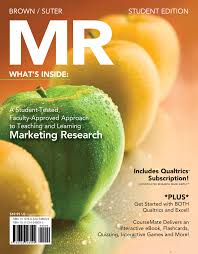
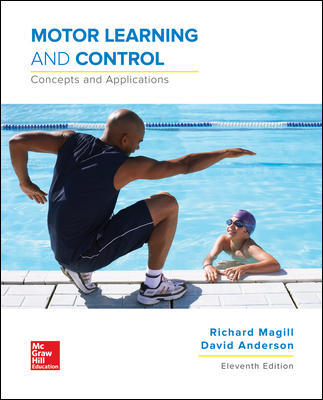
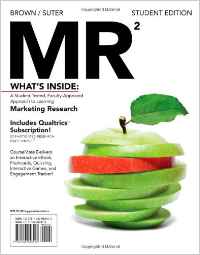


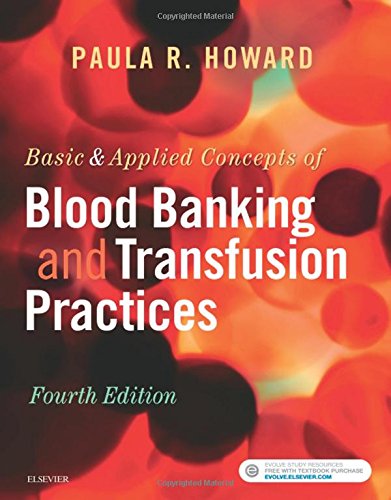




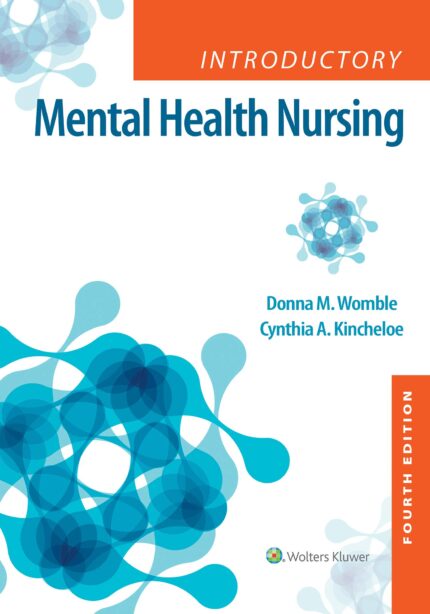
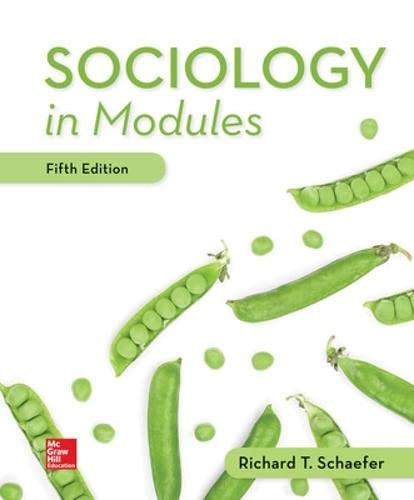

Reviews
There are no reviews yet.